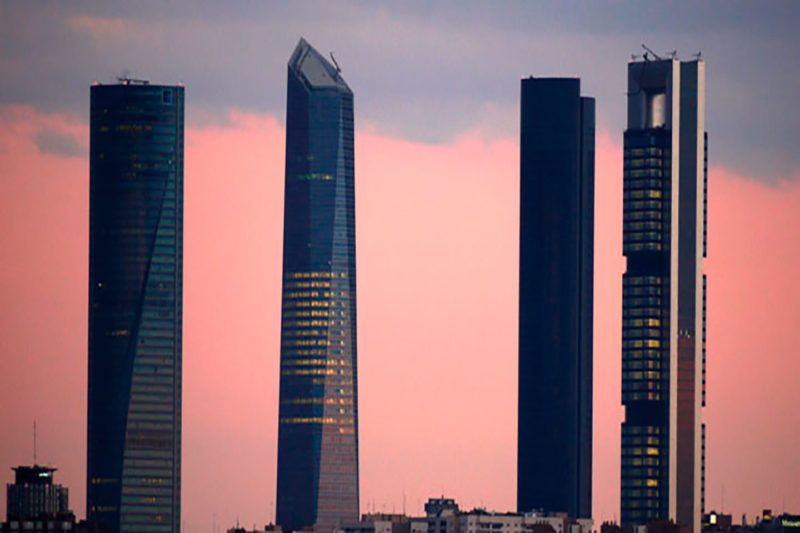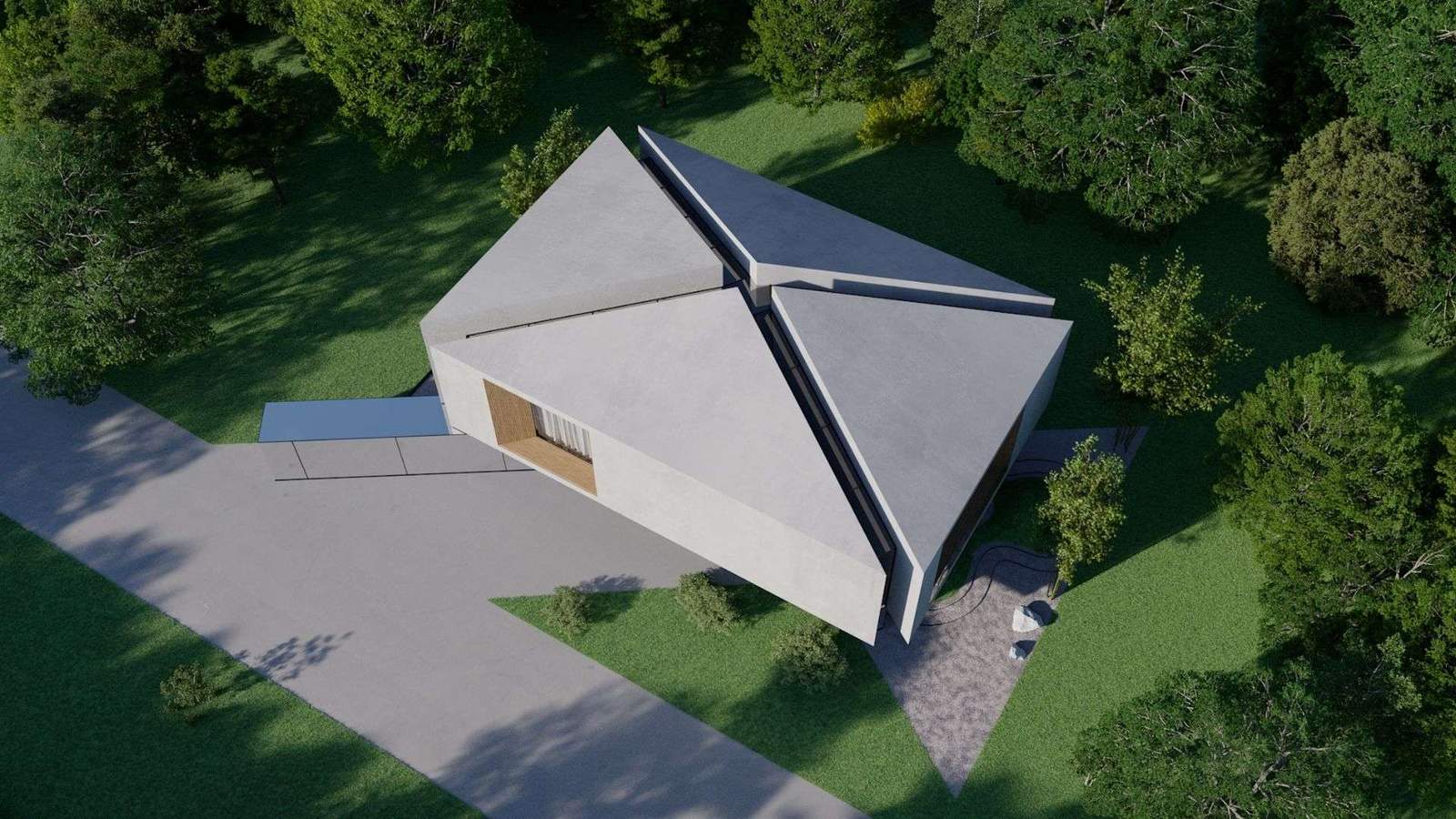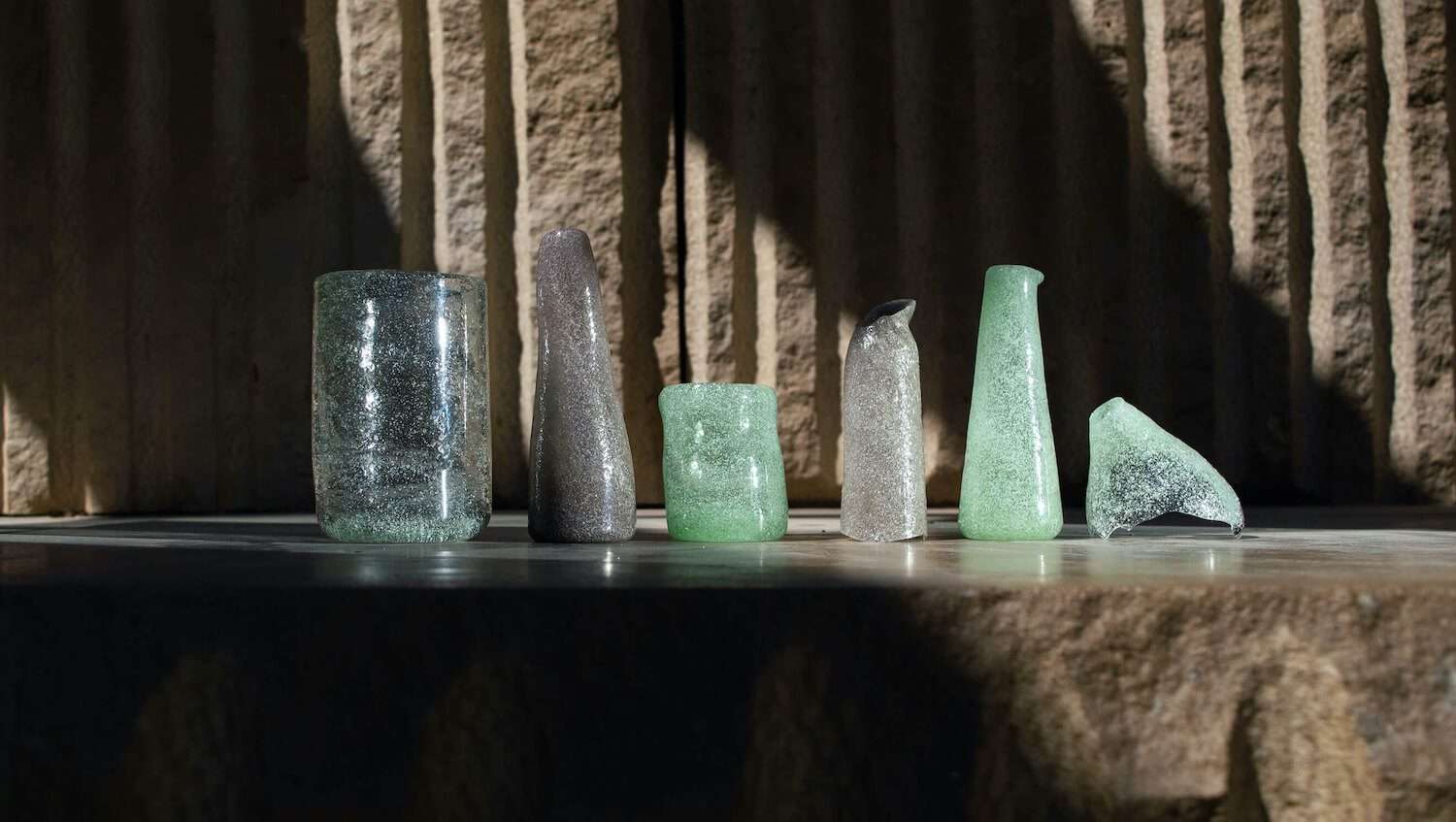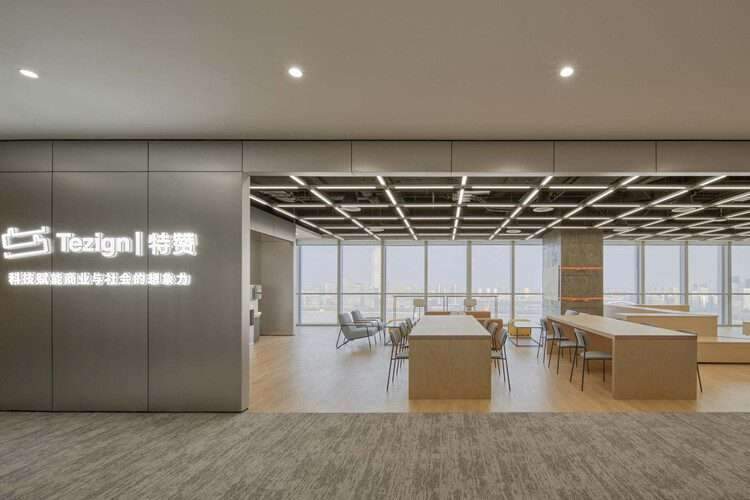Madrid, the capital of Spain, stands as a cultural hub where art and architecture converge uniquely, making it a prominent destination for enthusiasts of culture and history. This article explores the interplay between art and architecture in Madrid, focusing on its major museums, architectural diversity, and the role of public spaces in enhancing the cultural experience. Organized under clear subheadings, the article provides a comprehensive and accessible overview of Madrid’s significance as a global cultural destination, including its art and architecture.

Museums: The Heart of Art in Madrid
Madrid is renowned for its museums, which house globally significant art collections. The Prado Museum is a cornerstone, showcasing works by artists such as Goya and Velázquez. The Thyssen-Bornemisza Museum offers a journey through art history, from the Middle Ages to the 20th century. Completing this trio, the Reina Sofía Museum focuses on modern art, featuring notable works like Picasso’s Guernica. The combination of art and architecture at these museums strengthens their appeal.
These museums reflect a diverse artistic spectrum, capturing the evolution of European culture. Each institution provides a distinct experience, with the Prado emphasizing classical art and the Reina Sofía highlighting contemporary works. This variety positions Madrid as a versatile art hub appealing to diverse audiences.
| Museum | Focus | Notable Works or Artists |
|---|---|---|
| Prado Museum | Classical Art | Goya, Velázquez |
| Thyssen-Bornemisza | Art from Medieval to Modern | Monet, Van Gogh |
| Reina Sofía | Contemporary Art | Picasso, Dalí |
Architecture: Balancing History and Modernity
Madrid’s architectural landscape blends historical structures with modern designs. In the city’s core, landmarks like the Royal Palace and Plaza Mayor exemplify Baroque and classical styles. In contrast, contemporary structures, such as the skyscrapers in the Cuatro Torres district, represent Madrid’s modern identity, showcasing the integration of art and architecture unique to Madrid.
This architectural diversity reflects the city’s evolution across centuries. Historic neighborhoods like Las Letras retain their traditional charm, while areas like AZCA showcase a forward-looking aesthetic. This balance makes Madrid a living showcase of architecture, allowing visitors to explore its past and present simultaneously.
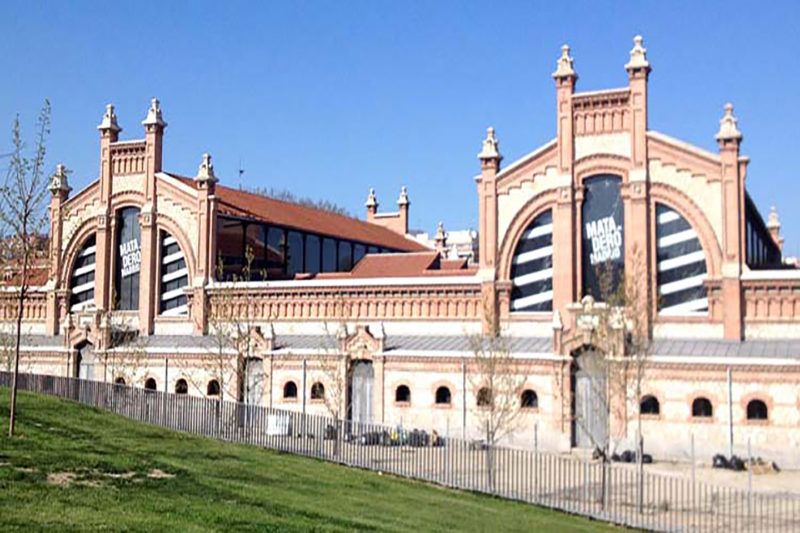
Public Spaces: Bridging Art and Community
Public spaces in Madrid play a vital role in enriching the cultural experience. Parks like Retiro offer green spaces adorned with sculptures and fountains, blending nature with art. Squares such as Plaza de Cibeles serve as vibrant hubs, featuring statues and fountains that narrate the city’s history. These combined elements of art and architecture enhance Madrid’s public spaces.
These spaces are more than recreational areas; they are platforms reflecting Madrid’s cultural identity. By hosting art events and open-air exhibitions, these locations integrate art into the daily lives of residents and visitors alike.
Integration of Art and Architecture
The synergy between art and architecture is evident in Madrid’s museums and public spaces. For instance, the Reina Sofía Museum combines a historic building with a modern extension, creating a visual dialogue between eras. Similarly, squares and parks are designed to frame artworks, enhancing their visual impact and highlighting Madrid’s fusion of art and architecture.
This integration underscores Madrid’s vision of embedding art and architecture into its urban fabric. Through this approach, the city transcends its role as a tourist destination, offering a cohesive cultural experience that unites aesthetic beauty with historical context.

Frequently Asked Questions (FAQ)
What makes Madrid a key destination for art enthusiasts?
Madrid’s world-class museums, such as the Prado and Reina Sofía, alongside its diverse art collections spanning multiple eras, make it a cultural focal point.
Is it possible to explore Madrid’s architecture on foot?
Yes, many historical and modern buildings are located in the city center, making them easily accessible by walking. The blend of art and architecture in this area is quite captivating.
How do public spaces enhance Madrid’s cultural scene?
Public spaces like Retiro Park and Plaza Mayor host art events and feature installations, fostering interaction between communities and art. These spaces exemplify the symbiotic relationship between art and architecture.

Summary Table
| Theme | Key Points |
|---|---|
| Museums | Prado, Thyssen, Reina Sofía; diverse global art collections |
| Architecture | Blend of historical (Royal Palace) and modern (Cuatro Torres) structures |
| Public Spaces | Parks and squares enhance art and cultural identity, illustrating the blend of art and architecture in Madrid. |
| Integration | Museum and space designs merge art with architecture |
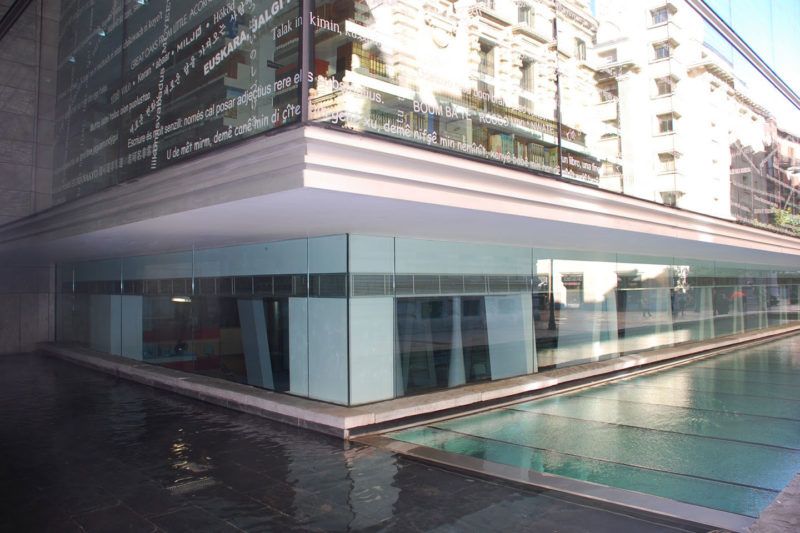
ArchUp Opinion
From an analytical perspective, Madrid demonstrates a remarkable ability to integrate art and architecture within its urban framework. The diversity of its museums and their synergy with public spaces significantly enhances the city’s appeal as a cultural destination. However, challenges such as overcrowding in popular areas during peak seasons can detract from the visitor experience. Additionally, there is potential to develop better-organised routes to highlight lesser-known architectural sites. Overall, Madrid serves as a model for transforming a city into a living canvas of art and history, with opportunities to improve visitor flow management for a more seamless experience. Madrid’s art and architecture, when managed well, can continue to draw global attention.

